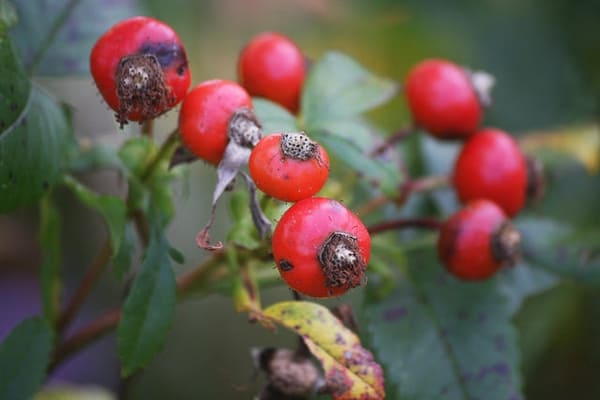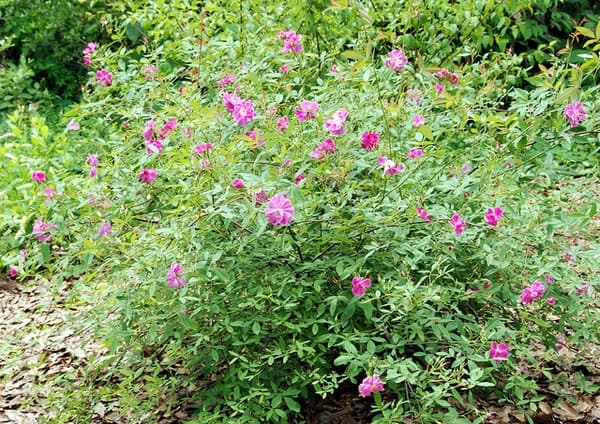Swamp Rose

While meandering down the Dismal Swamp Canal paved trail or cruising through the historic Dismal Swamp Canal you might have noticed a beautiful blooming shrub growing along the banks. Swamp roses, or rosa palustris, are native to wet grounds (swamps, marshes, ditches) from Nova Scotia to Ontario to Minnesota, south to Florida and Louisiana. These perennial shrubs can grow up to twelve feet tall and are generally found growing on bald cypress knees or exposed downed logs.

The swamp rose is a multi-branched shrub with downward curved thorns and arcing branches. Blooms consist of light pink flowers with yellow centers, growing solitary or in clusters. The leaves of this shrub are alternate and pinnately divided into five to nine leaflets. Swamp roses grow best in slightly acidic, wet to moist soils in partial shade or full sunlight. The blooms on this extremely fragrant shrub last for six to eight weeks in mid-season, generally May through July. The fruit is red and fleshy on the outside with a mass of seeds inside the rose hip, which are eaten and spread by birds. Bees and other insect pollinators are attracted to its nectar.

Swamp Roses make good hedges and stay attractive all year. They also look great trained on trellises or fences. This species is relatively long-lived and has been known to grow more than 20 years. Rosa palustris can be found at local nurseries, but can also be propagated from seeds hidden in the flesh rose hips. It does spread through seed production, but seedlings are not as vigorous as the parent plant. Like most native plants, the swamp rose is resistant to insect damage and disease.
Many Native American tribes used the hips of this plant for remedies and food uses. Skins scraped from the hips were soaked in a cloth and used to cure red or inflamed eyes. Several tribes also used the skins to treat stomach ailments.
The Swamp and Carolina rose are the only truly native roses growing wild in NC, both beautiful and pink. Carolina roses, typically found along dry roadsides and forest edges, produce smaller flowers and almost perfectly straight thorns. Have you spotted these fragrant roses while exploring outdoors? Share your pictures and stories with us!

Sources:
https://plants.ces.ncsu.edu/plants/rosa-palustris/
https://www.fs.fed.us/wildflowers/plant-of-the-week/rosa_palustris.shtml
http://www.ibiblio.org/carrborocitizen/flora/2010/06/a-rose-is-a-rose-is-a-rose/
